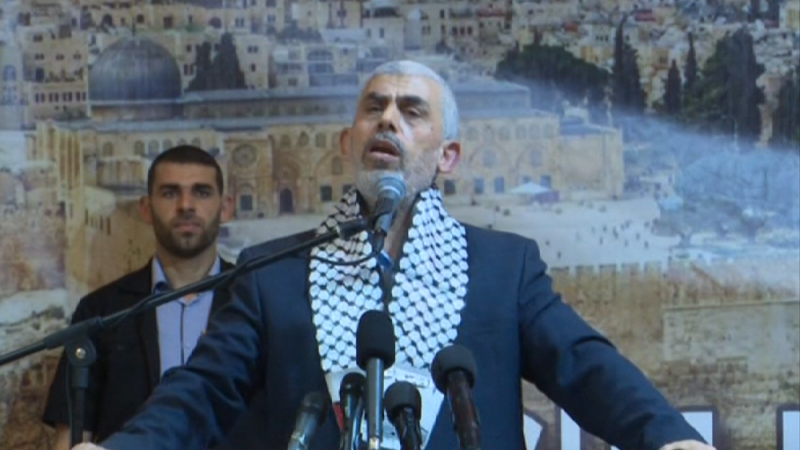Content Section:
Yahya Sinwar, the prominent leader of Hamas, is reportedly dead. Sinwar’s death marks a significant turning point for Hamas – the militant Islamist group that governs the Gaza Strip. His demise leaves a significant void in the top echelons of this prominent Palestinian organization, precipitating a scramble for leadership that could shift Hamas’ political and militant directions.
Sinwar, a firm believer in the armed struggle against Israel, has long been a distinctive and divisive character, both within the organization and beyond. Despite his checkered past, his leadership was characterized by pragmatism, particularly in his later years. Sinwar, successfully straddled the political and militant wings of Hamas, ushering a level of cohesion within the group.
His absence naturally raises questions about potential successors. There are a few notable figures who could rise to the helm of Hamas in the aftermath of Sinwar’s death.
One likely candidate is Marwan Issa. An influential figure in Hamas’s armed wing, the Izz ad-Din al-Qassam Brigades, Issa has amassed significant respect within the ranks and would likely continue Sinwar’s legacy of militant resistance against Israel. A low-profile figure, he was elevated to Sinwar’s deputy in 2017, indicating his standing within the organization.
Khalil al-Hayya is another potential successor. As a senior political figure in Hamas, he has been involved in several reconciliation attempts between Hamas and Fatah. His leadership could signal a more politically focused Hamas, perhaps more willing to negotiate with its rivals, both domestically and internationally. However, al-Hayya’s strong political leanings could create friction within the more militant wings of the organization.
Another potential candidate is Salah al-‘Arouri, currently the deputy leader of Hamas’s political bureau, who has garnered the respect of the group’s political wing. He masterminded several attacks against Israel and, if chosen, may signify an intensification of Hamas’s offensive efforts against its long-contested adversary.
Ismail Haniyeh, an influential figure within Hamas and the head of its political bureau, may also aim for the organization’s top spot. Known for his charisma and political savvy, Haniyeh’s elevation could witness a balance between Hamas’s political and militant wings, similar to Sinwar’s approach.
Regardless of who takes the helm, the leadership transition will undeniably impact Hamas’s trajectory. Whether this shift prioritizes reconciliation and negotiations over militant operations, or vice versa, remains volatile and could pivot based on the balance of power between the group’s political and militant factions.
The incoming leadership will inherit significant challenges, including a struggling Gaza economy, the fragility of relations with neighboring Egypt and Israel, and the continuously strained relationship with the Palestinian Authority. They would have the daunting task of assimilating Sinwar’s legacy and creating their own path forward that fits the group’s interests and ambitions.
In conclusion, Hamas’s future course will largely depend on the direction its new leader takes. As Sinwar’s era ends, the world watches with bated breath to anticipate who will rise to the helm of this influential and contentious organization, and what their leadership might signal for the future of the troubled region.




